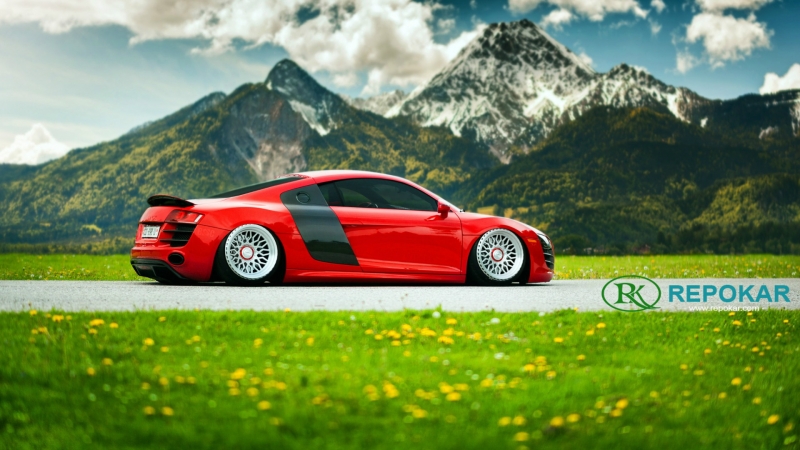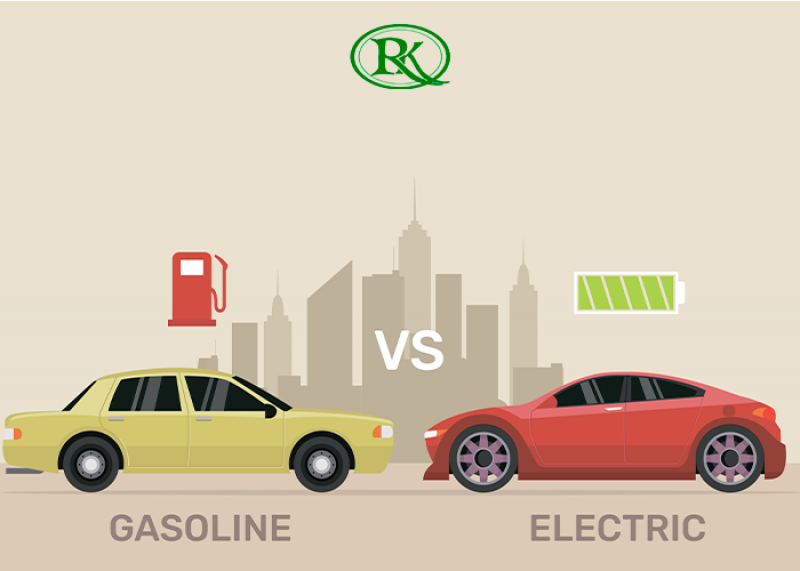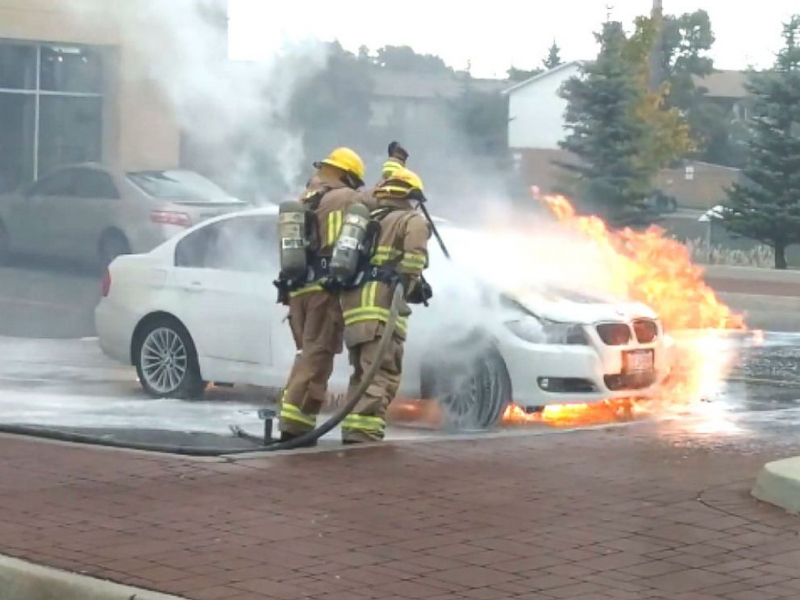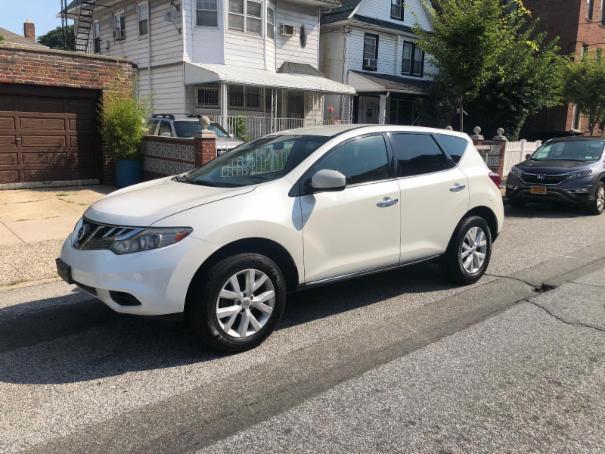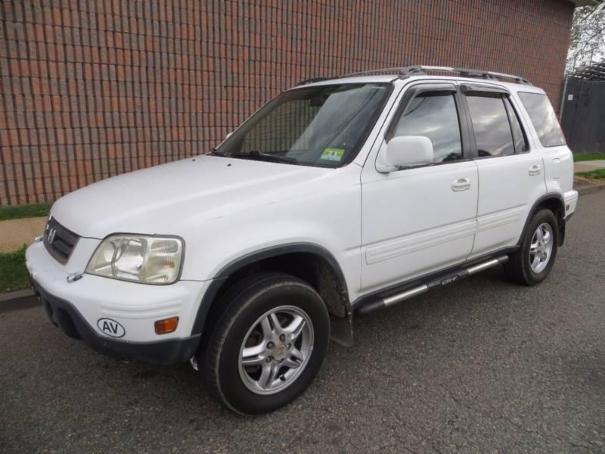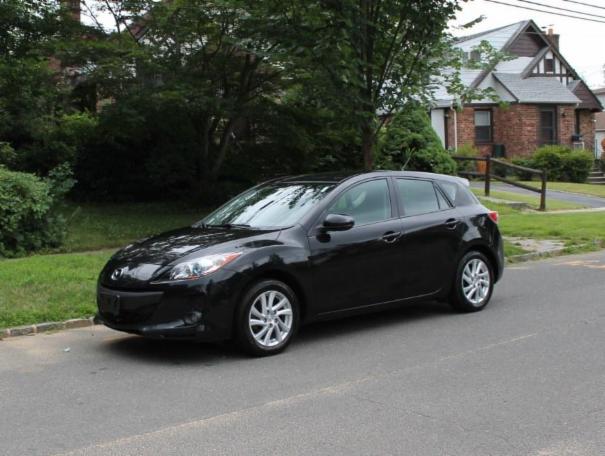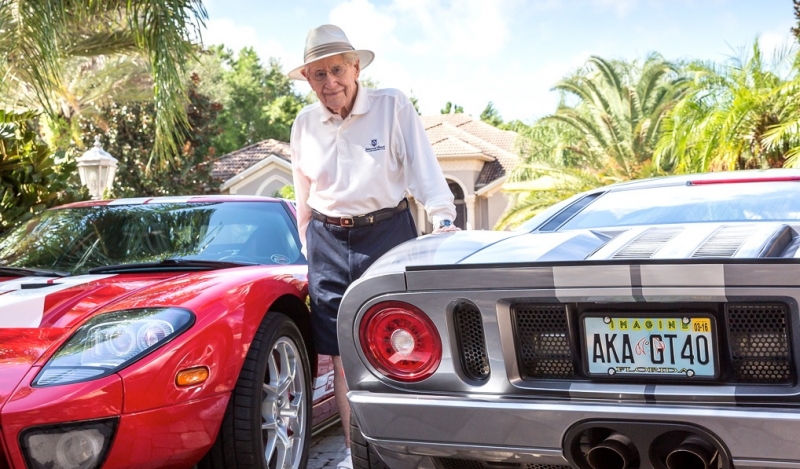
American Motors couldn’t offer enough money to subject the original Jeep Cherokee, the first modern SUV - to a traditional durability testing program ahead of its late 1983 launch, but its chief engineer Roy Lunn, who died in 2017, Aug 5th, at 92 years, steered around the obstacle by securing credentials for the punishing Paris-Dakar Rally. Lunn's engineering team prepared two Cherokees for the event, not to compete but simply to run the brutal desert course and monitor how the Cherokee's "uni-frame" body would take the constant pounding over the bruising, potholed 6,200-mile course.

Only the shock absorbers needed frequent replacement and both vehicles finished the rally in good condition. Lunn knew his groundbreaking design, which featured a steel ladder frame welded to a unitized body, was robust enough to take almost anything consumers were likely to subject the Cherokee to. Last year, just ahead of his induction into the Automotive Hall of Fame, Lunn told that the fuel shortages and price shocks of the 1970s influenced his thinking on the Cherokee's technical design. "I chose unitized [construction] because it is stronger pound for pound, and it is lightest for meeting fuel economy requirements," he said.

The most fuel-efficient Jeep Cherokee, a two-wheel-drive model with a 2.5-liter four-cylinder engine and manual transmission, was EPA-rated at 24 mpg city and 33 mpg highway in 1985 -- figures that rivaled many family cars at the time. The Cherokee not only was a monster hit for American Motors, and later Chrysler - more than 3 million were sold before production ended in 2001 - but it also became the template for the modern SUV and continues to be copied by virtually all major global automakers.




